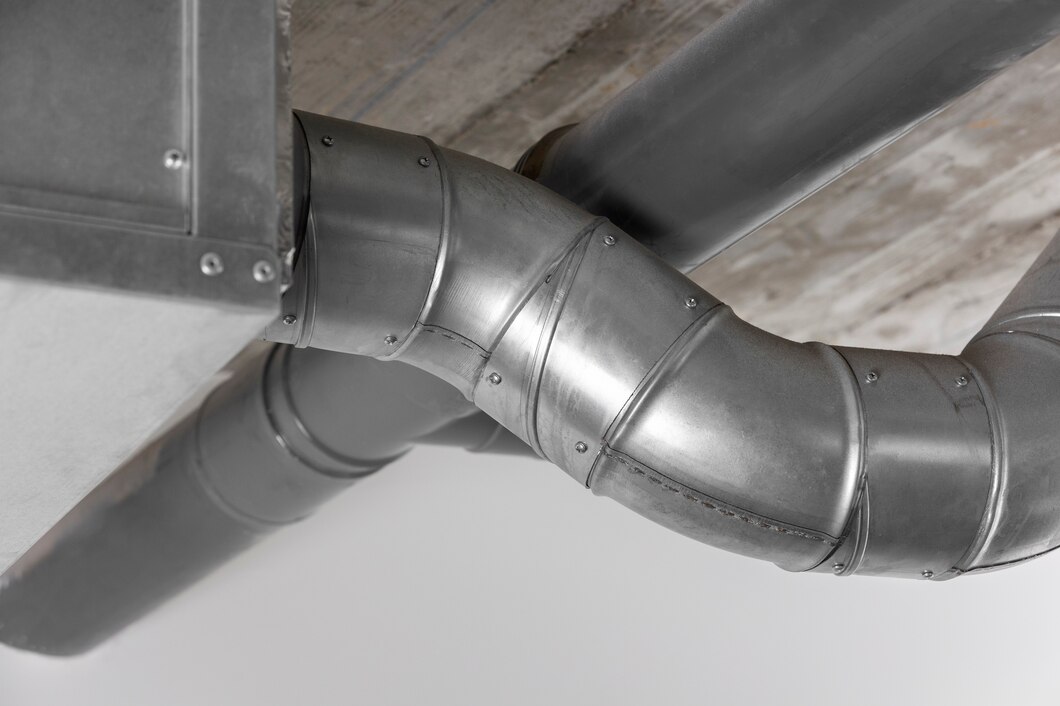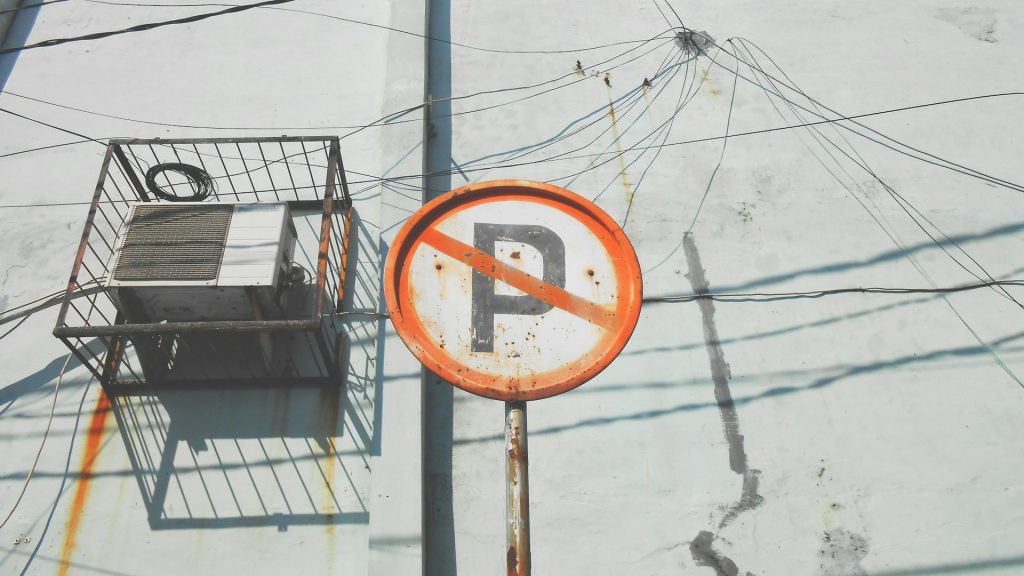

Duct sealing is a cornerstone of home energy efficiency, and understanding its secrets is key to making your home more sustainable and saving you money. Imagine a home where heating and cooling are remarkably efficient, maintaining a comfortable temperature effortlessly and significantly reducing your energy bills. Duct sealing is the crucial process of fixing leaks and gaps in air ducts that allow conditioned air to escape. By understanding the intricacies of duct sealing, you can unlock substantial energy savings in your home. This guide delves into the secrets behind effective duct sealing, revealing practical tips, proven methods, and the various materials you can use to achieve optimal results. Let’s explore the strategies you can use to achieve energy efficiency and reduce your monthly energy bills. This comprehensive guide will explain the importance of duct sealing for improved home energy efficiency.
Understanding the Importance of Duct Sealing
The Significance of Air Leaks in Your Home
Unsealed air ducts are like leaky pipes for conditioned air. They allow heated or cooled air to escape into the attic, crawl spaces, or exterior walls. This leakage directly translates to wasted energy, which increases your utility bills significantly. A well-insulated home, with properly sealed ducts, will maintain its temperature more effectively, thus saving you money and energy.
Identifying Air Leaks and Energy Loss
Identifying air leaks isn’t always straightforward. However, certain signs can indicate areas needing attention. If your home feels drafty or if you notice uneven temperatures, or if you have higher than expected utility bills, these might be signals of problems with your ductwork. Professionals can perform energy audits to determine the exact sources of air leakage.
Choosing the Right Duct Sealing Materials
Different Sealing Materials and Their Effectiveness
Various sealing materials are available, each with its strengths and weaknesses. Common choices include mastic, foam sealant, and expanding polyurethane foam. Mastic is a great option for smaller gaps and cracks, while foam sealant is best for larger openings. Expanding polyurethane foam provides a robust and durable seal. Choosing the correct material for the job will ensure the seal lasts longer and remains effective.
Applying Duct Sealing Materials Effectively
Careful application is key to effective sealing. Proper preparation is essential. First clean the ductwork to remove loose debris or dust. Apply the chosen sealant according to the manufacturer’s instructions. Overlapping applications should be avoided, as it might lead to gaps and potential leaks.
Advanced Duct Sealing Techniques
Sealing Ductwork in Various Locations
Sealing ductwork is a multi-faceted process. It requires a systematic approach that addresses various locations. You need to pay attention to connections between duct sections, the joints between the duct and the registers, and any penetrations or gaps along the duct’s path. The aim should be to stop any air from leaking from the duct to your home’s exterior.
Improving Your Home’s HVAC System
Consider the insulation around the ductwork. Insufficient insulation can lead to significant energy loss. Ductwork can even be completely insulated using special insulation blankets, adding an extra layer of energy efficiency. Inspect the HVAC system as a whole for efficiency and proper maintenance.
DIY Duct Sealing vs. Hiring a Professional
DIY Duct Sealing: Pros and Cons
DIY duct sealing can be a cost-effective approach for homeowners comfortable working with tools and materials. It can be a satisfying DIY project if you follow the proper steps. However, if not performed correctly, it can worsen the problem. If you are not familiar with the complexities of the duct system, you might miss crucial areas, which can lead to wasted energy and inefficient HVAC operation. DIY projects should involve careful planning and execution. Proper tools and materials must be utilized.
Professional Duct Sealing Services: Benefits
Professional duct sealing services offer significant benefits. They possess specialized tools and the expertise to seal ducts comprehensively. They can identify and seal areas that a homeowner might miss, and their inspection usually allows them to suggest repairs that lead to longer-term cost savings and increased efficiency in the home. Professional inspections will often point out other areas for improvement, potentially increasing your home’s efficiency beyond just the ductwork.
Measuring Duct Sealing Success
Post-Sealing Energy Audits and Measurements
Measuring the success of duct sealing is essential to confirm the improvements. Post-sealing energy audits can accurately assess the impact of the sealing process. A comparison of energy bills before and after the sealing project provides concrete evidence of the effectiveness of the sealing procedures. Post-sealing energy audits should be done after a period of usage to provide a reliable indication of the effectiveness of your duct sealing project.
Visual Inspection and Monitoring
Monitoring is essential to maintain the efficiency of your duct sealing. Regular visual inspections to identify any reoccurring leaks are recommended to ensure the sealing is still effective. Regular monitoring of utility bills is a key measure of overall success.
Long-Term Maintenance for Optimal Results
Preventing Future Duct Leaks
Preventing future leaks is crucial for sustained energy savings. Regular maintenance is essential to check for any signs of damage or wear and tear on the ductwork. This could include regularly checking for cracks, gaps, and other potential issues. Early detection and repair can prevent major problems that could lead to a need for complete replacement.
Updating Your Ductwork
Regular checks for necessary updates to your ductwork is another important consideration. This involves staying up-to-date with innovations in duct sealing materials, and even newer sealing techniques. It’s important to recognize that duct sealing is a continuous process, not a one-time fix. Staying informed about the latest technologies and methods can help you maximize the efficiency of your home.
Budget-Friendly Duct Sealing Strategies
Prioritizing Areas of High Leakage
Prioritizing areas of high leakage is an important first step. You need to identify the weak points of your ductwork. This prioritization strategy ensures the areas that leak the most are fixed first, providing the greatest return on investment. Proper prioritization allows for effective budget management, ensuring maximum return on each sealing investment.
Utilizing DIY Repair Methods
Utilizing DIY repair methods is a great solution for managing the budget. Finding cost-effective solutions for duct sealing can allow you to implement these methods more frequently. Homeowners can find various DIY repair methods online, from videos to written instructions. Use these resources to find the most effective methods for your needs.
Conclusion (extended):
In conclusion, mastering duct sealing secrets is a crucial step toward improving home energy efficiency. By following the comprehensive guide above, homeowners can significantly reduce energy consumption and utility costs. Duct sealing is a multifaceted process that requires careful consideration of various aspects, from material selection to implementation. The guide provides a framework for homeowners to understand the process, optimize their budget, and select the most effective strategies for sealing their ductwork. Ready to take control of your home’s energy profile? Visit our website today for more resources and expert advice on duct sealing.
Case Studies and Real-world examples
Case studies from energy audits have shown that duct sealing projects can frequently yield substantial energy savings. One study found an average 15% reduction in energy usage after a comprehensive duct sealing project was performed. Another study emphasized that careful attention to the location of leaks was critical in achieving significant energy savings. The effectiveness of duct sealing can be verified through measurable energy savings and reductions in utility bills, indicating a return on investment. This shows that duct sealing is a practical and effective measure for maintaining a comfortable living environment while reducing energy consumption in a home.
FAQ
What are some common mistakes people make when sealing ducts?
Many homeowners overlook crucial aspects of duct sealing, leading to significant energy loss. Common mistakes include neglecting the importance of proper insulation around the ductwork, using inadequate sealing materials, and failing to address leaks in the duct system itself. Addressing these problems with a systematic approach, using the right tools and materials is critical for optimizing results. You must check for gaps, cracks, and loose connections in every section of the ductwork. Professional inspection and sealing can save you money and energy in the long run.
How much can duct sealing save me on my energy bills?
The savings from duct sealing can vary greatly depending on several factors, including the severity of the ductwork issues, the type of sealing material used, the climate conditions in your area, and the overall energy efficiency of your home’s systems. However, studies consistently show that homes that have improved duct sealing can decrease energy consumption by 10-20%. These savings directly translate to a reduction in utility bills over time, especially during winter and summer. Consult with a local energy audit specialist for a more personalized assessment of potential energy savings.
In conclusion, mastering duct sealing secrets is a crucial step towards improving home energy efficiency. By following the comprehensive guide above, homeowners can significantly reduce energy consumption and utility costs. Ready to take control of your home’s energy profile? Visit our website today for more resources and expert advice on duct sealing.
Remember, small changes can lead to big savings. Don’t hesitate to explore different sealing methods and materials to discover what works best for your specific needs and budget.